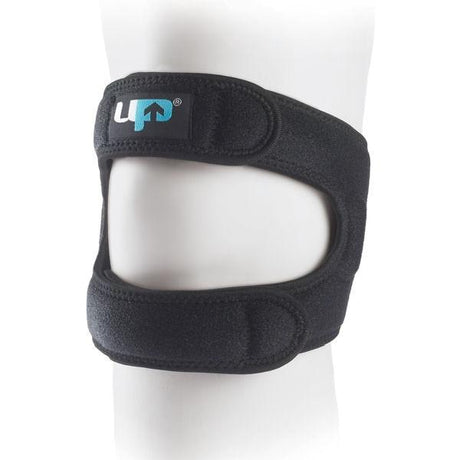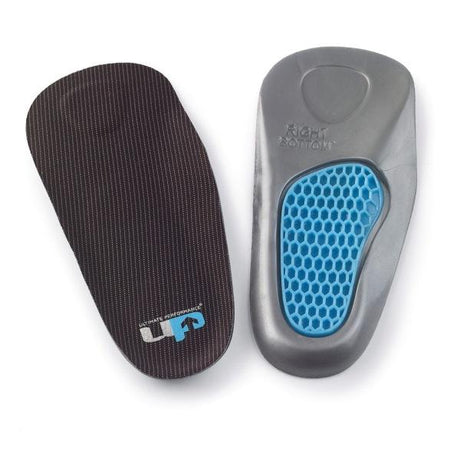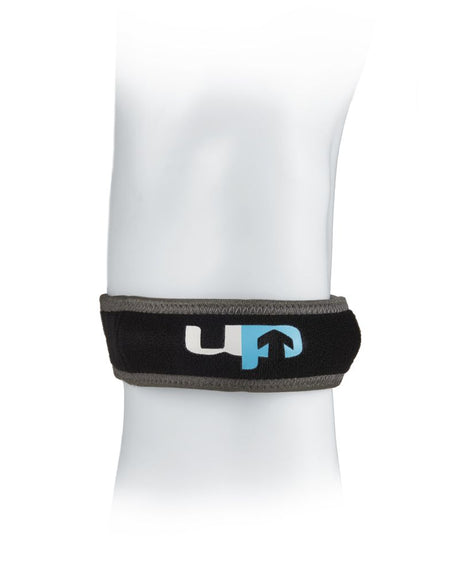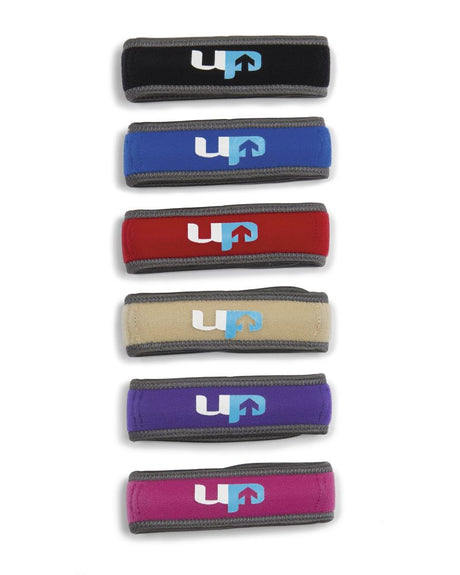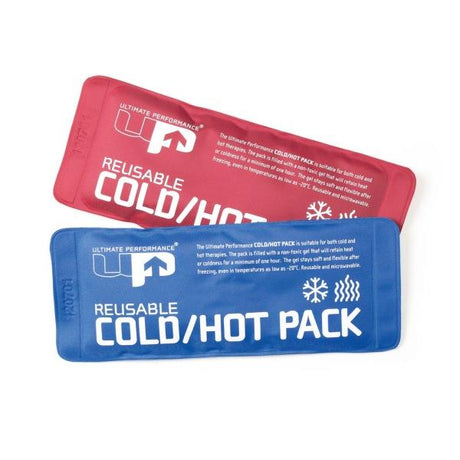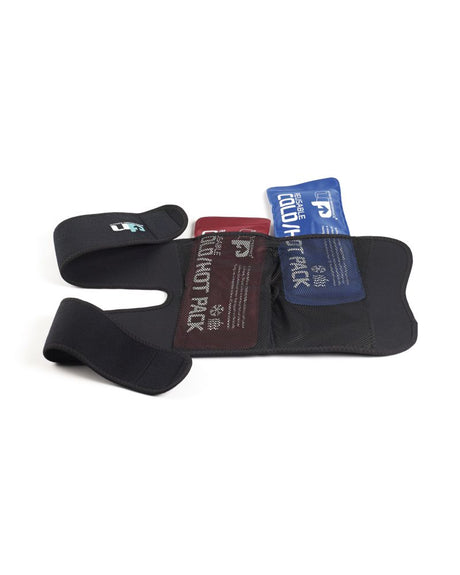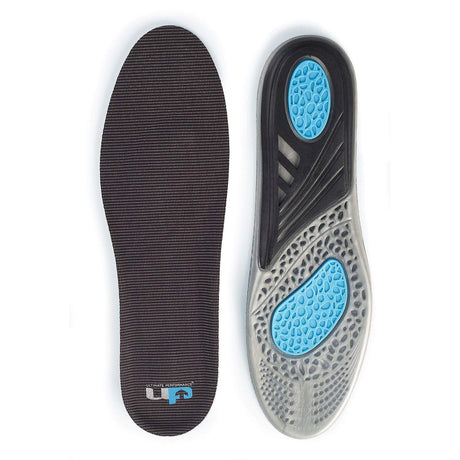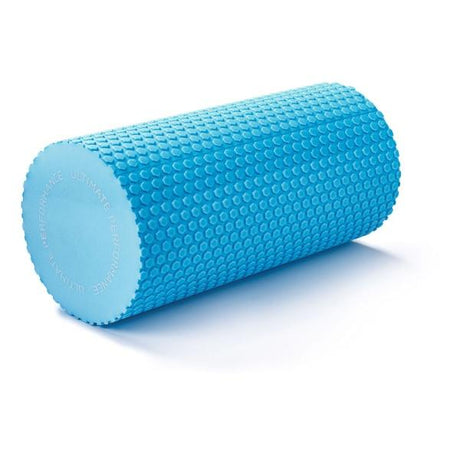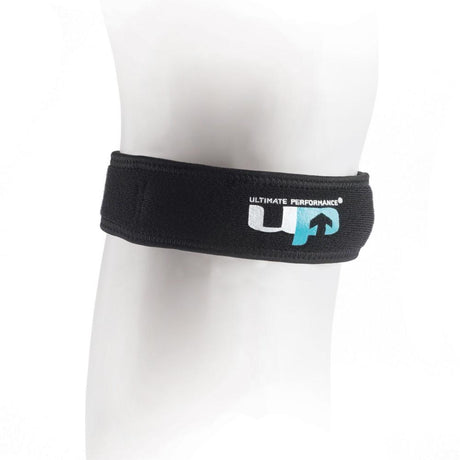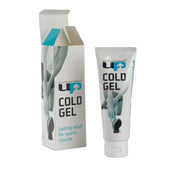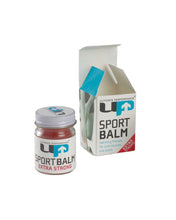Ultimate Performance Full Gel Insole - UP4565
Regular price £16.00Unit price /UnavailableIn stock- Regular price £10.99Unit price /Unavailable
Best products for Patellar Tendinitis (Jumper's knee)
We recommend the following products for treating patella tendonitis, also known as Jumper's knee or Patella tendinopathy.
- Cold therapy
- Patella support straps
- Foam roller
- Orthotic insoles
Hot & Cold therapy
One of the most important products for treating Patella tendonitis is a cold therapy compression wrap. Early Jumpers knee/Patella tendinopathy treatment involves reducing pain and inflammation. Applying a cold therapy gel pack for 10 to 15 minutes every couple of hours initially is one of the most effective ways of doing this.
Re-usable cold therapy and compression wraps are ideal products for Patella tendonitis. They are much more convenient than simple ice and also great for applying heat later in the rehab process.
Patella Tendon Strap
Patella tendon straps wrap around the knee, just below the patella (kneecap). They work by applying pressure to the tendon. As a result, forces on the tendon change, relieving pain and aiding the healing process.
Cold gel
Cold gel reduces pain and inflammation and can be applied throughout the day. It is not a substitue for cold therapy, but is convenient if you do not have access to ice or cold therapy gel packs.
Foam Roller
Using a foam roller regularly, in particular on your quadriceps muscles at the front of the thigh really helps relax the muscles, espeically combined with stretching. As a result, strain on the patella tendon is reduced.
Most people do not have access to daily deep tissue massage. However, you can get the same benefits with a foam roller. Work the foam roller along the tendon from the knee upwards.
It is a good idea to maintain this as part of your warm up, even when you think you are better.
Orthotic Insoles
A common contributing factor with Patella tendon injuries is overpronation. This is where your feet roll in or flatten too much. As a result, your ankle and lower leg rotates inwards, increasing strain on the soft tissues and pulling your knee out of alignment.
Insoles help control the position of your heel, preventing your foot from flattening and encouraging correct biomechanics.


